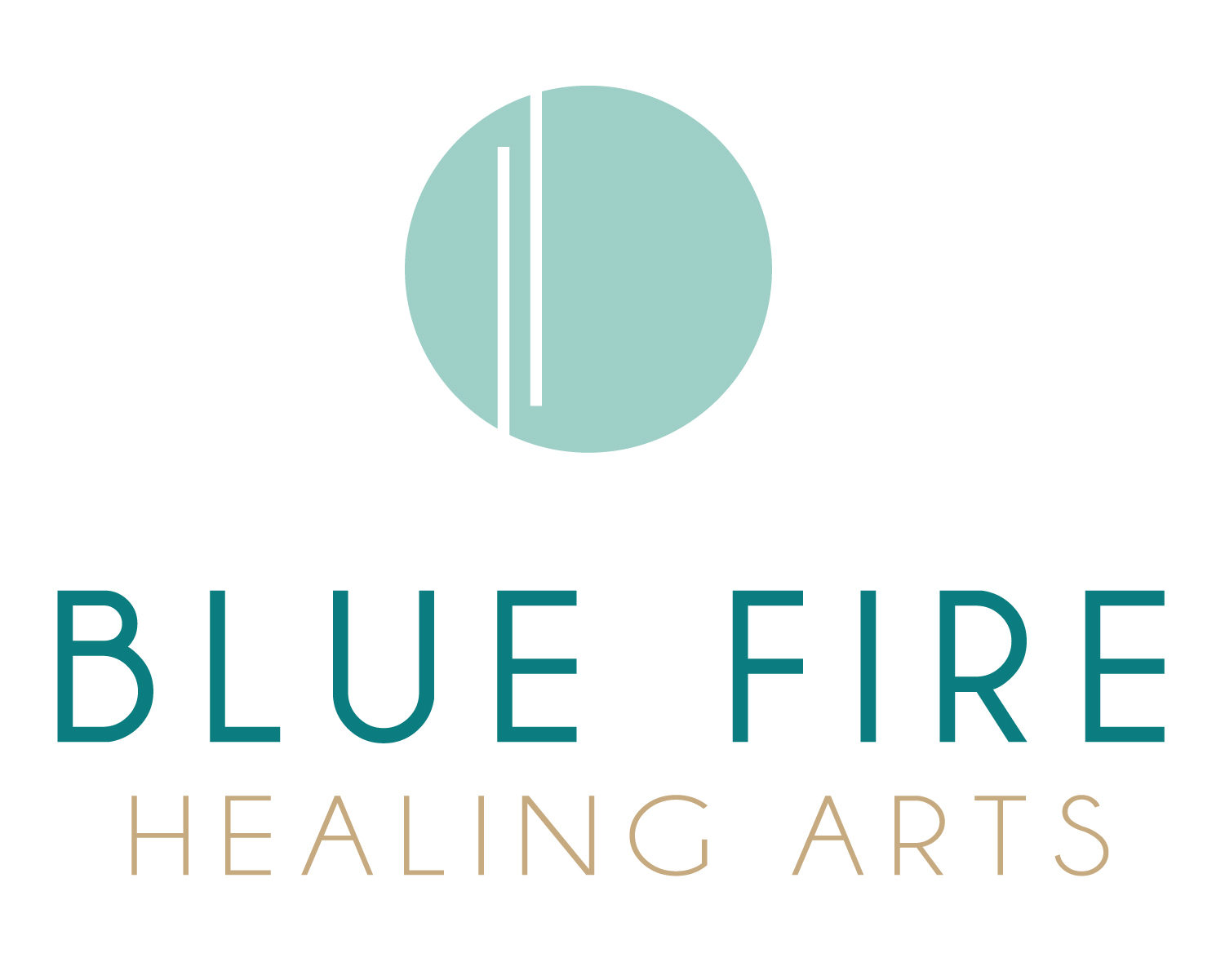Taoist Cosmology
“Tao is empty- Its use is never exhausted
Bottomless- the origin of all things…
Deeply subsistent-
I don’t know whose child it is.
It is older than the Ancestor.”
-Tao Te Ching, 4
Creation and Tao

“Tao engenders One
One engenders Two,
Two engenders Three,
Three engenders the ten thousand things.
The ten thousand things carry shade
And embrace sunlight.
Shade and sunlight, yin and yang.
Breath blending into harmony.”
-Tao Te Ching, 42
Tao translates to “way”. It also implies the void nature of the universe that exited before creation. In Taoist cosmology it is said that from tao (“nothing”) came the the one. The one is called wuji, the infinite space. Wuji is stillness within stillness, inner stillness, inner essence, beneath and interior to any movement.
The one engenders the two, called taiji, the great ultimate.
Taiji is the harmony of opposites of yin and yang.
The two engenders the three, and from the three all of creation, the “ten thousand things”.
The Five Phases

The five phases, or wu jing shen, represent the movement of the energies of nature: fire, earth, metal, water, and wood.
The five-pointed symbol here represents the flow of energies in nature. The five phases are not discrete elements like the four elements of classical Greece, but phases of nature which transform into each other in a cyclical way.
These five phases are the basis for Taoist medicine and feng shui, the sciences related to health and harmony in life and nature.
The Cosmic Trinity
Tao engenders the three treasures in different scales of existence, each with its own science for mastery.
Heaven is the cosmic scale with the sun, moon, and stars, and its science is astrology.
Earth is the terrestrial scale with wind, earth, and water, and its science is feng shui, or geographic physiognomy.
Human is the microcosmic scale and has the internal jing, qi, shen, the essence, energy, spirit.
The Human Trinity

The three treasures of humans are the jing, qi, and shen.
Qi is the term for “energy” in the body, and also in all of nature. Qi is movement and functionality, life force.
Jing is the essence, the root of the qi in our body, and the force that can generate new life, or with special efforts, regenerate us spiritually. Jing is related to our DNA, our instinctive animal nature to survive and reproduce.
Shen is the spirit, or translated literally as “heart-mind”. Shen resides in the heart and is nourished by the blood, or vital fluids in the body. Shen is expansive and connects us to our true nature, beyond the body.
Qi is the mediator between jing and shen, matter and spirit.


 From a Chinese medicine perspective, the organs of the body are not just physical but include functional, emotional, and spiritual aspects.
From a Chinese medicine perspective, the organs of the body are not just physical but include functional, emotional, and spiritual aspects.


